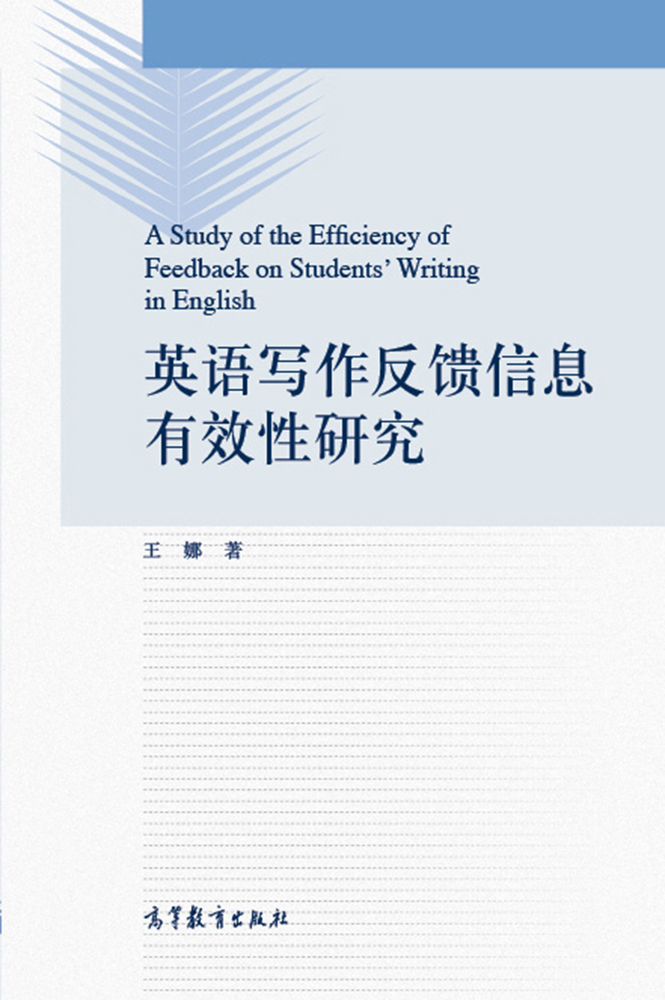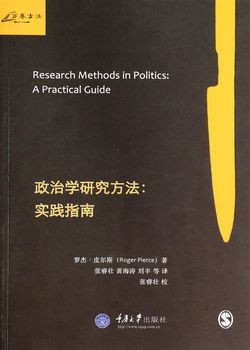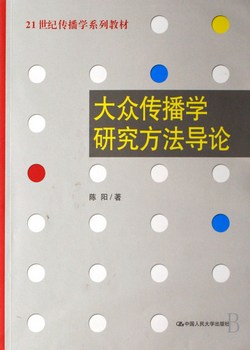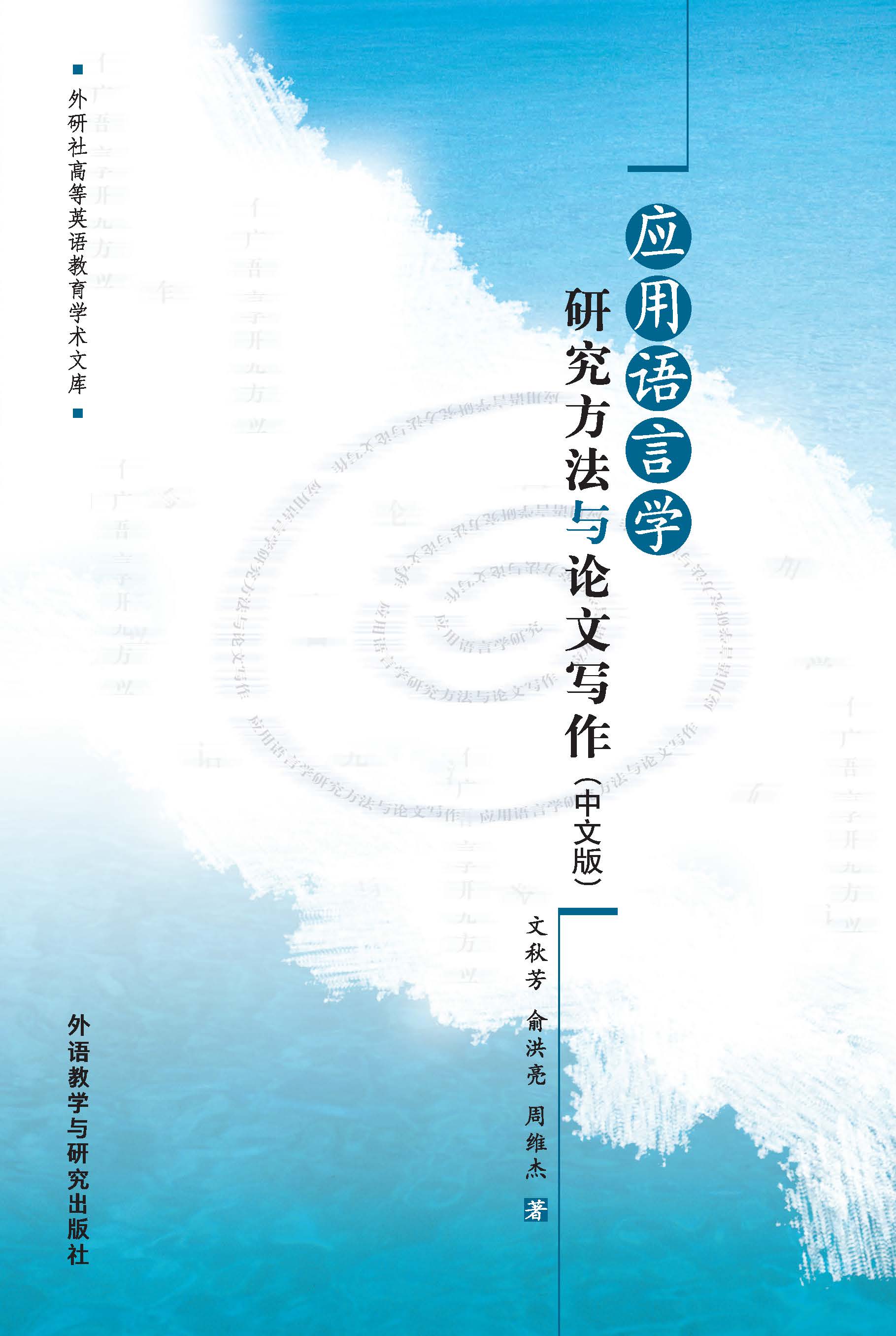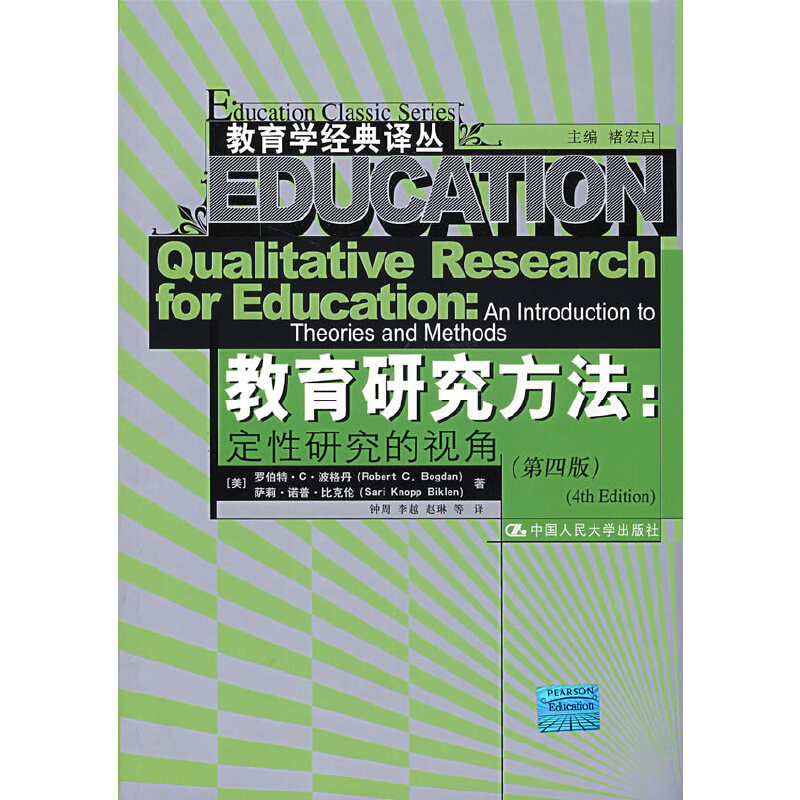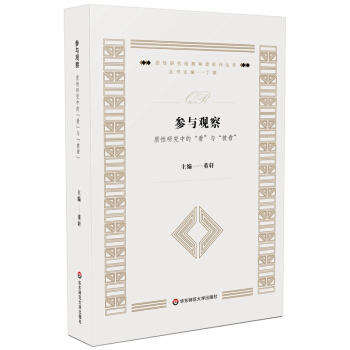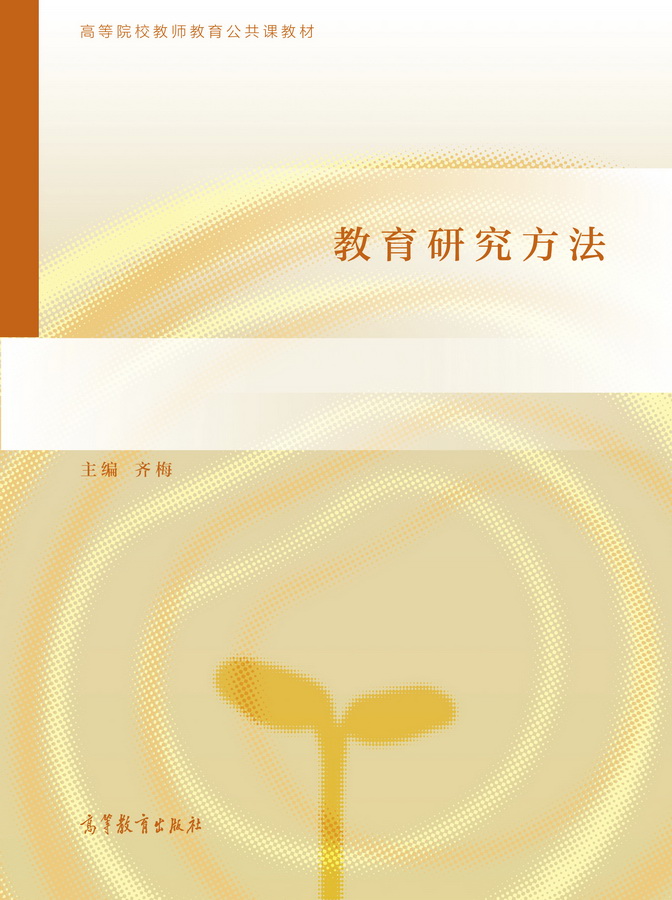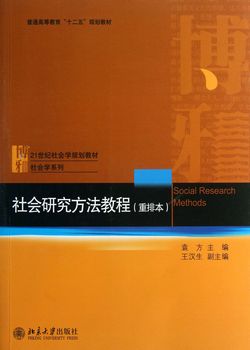英语写作反馈信息有效性研究
作者: 王娜
出版时间:2014-05-19
出版社:高等教育出版社
- 高等教育出版社
- 9787040395860
- 1
- 241492
- 平装
- 16开
- 2014-05-19
- 311
- 247
- 文学
- 外国语言文学
《英语写作反馈信息有效性研究》共8章。第1章为引言,介绍了研究背景、问题、目的、意义和本书结构;第2章为文献综述,对反馈的定义、反馈的多元视角、英语写作反馈类型和作用、教师书面反馈的多元观点、教师书面反馈的功能加以文献梳理,并建立一个包括六个参数的文献综述框架,从英语为母语的写作教学语境、二语/外语写作教学语境和中国英语写作教学语境中的反馈研究三个方面对相关研究进行了回顾和总结;第3章为理论框架,首先介绍了相关理论,包括社会学习理论、二语习得理论,以及采用跨学科的视角,介绍了牛津大学Graham Gibbs教授提出的为理科学生书面作业提供反馈的原则;其次,基于这些理论为本研究建立了一个理论模型以及反馈信息有效性原则;第4章为研究设计与研究方法;第5章为前期研究,包括研究方法、数据收集、分析、结果;第6章为主要研究,包括研究假设、研究方法与过程、研究对象、主要研究背景、数据收集、整理、分析、结果;第7章为研究结果与分析。通过分析学生作文篇章结构与词汇使用,考察教师电子书面反馈信息对学生写作能力的影响;第8章为结论和启示,总结了研究的成果并讨论了这些结果对中国英语学习语境中写作教学的启示。
序
前言
第一章 引言
Chapter1 Introduction
search background
jectives of the research
search questions
gnificance of the research
overview of chapters
第二章 国内外英语写作教师反馈信息研究综述
Chapter2 Literature Review
roduction
finitions of feedback
lti-perspectives on feedback
pes of feedback in English writing learning
les of feedback in English writing learning
ltiple views on teacher written feedback
evious studies of teacher written feedback
mmary
第三章 理论框架
Chapter3 Theoretical Framework
roduction
levant theories
3.A working model for the current research
ficiency of feedback
mmary
第四章 研究设计与方法
Chapter4 Research Design and Methodology
sues to be addressed
neral introduction to the whole project
mmary
第五章 前期研究
Chapter5 Preliminary Study
thods & procedures
ta collection
ta analysis
mmary
第六章 主要研究
Chapter6 Main Study
search hypotheses
thods & procedures
bjects
ttings
ta collection
ta analysis
mmary
第七章 研究结果与分析
Chapter7 Results and Analyses
roduction
pacts of the e-feedback
w types of teacher & student relationships
7.A suggested model for Chinese EFL writing teachers
mmary
第八章 结论与启示
Chapter8 Conclusions and Implications
mmary of major findings
search products
mitations of the current research
plications for Chinese EFL writing instructions
nclusion
Bibliography
Acknowledgements
Appendix A: Examples of E-feedback
Appendix B: Questionnaires
Appendix C: Students’ Responses to Feedback
版权

